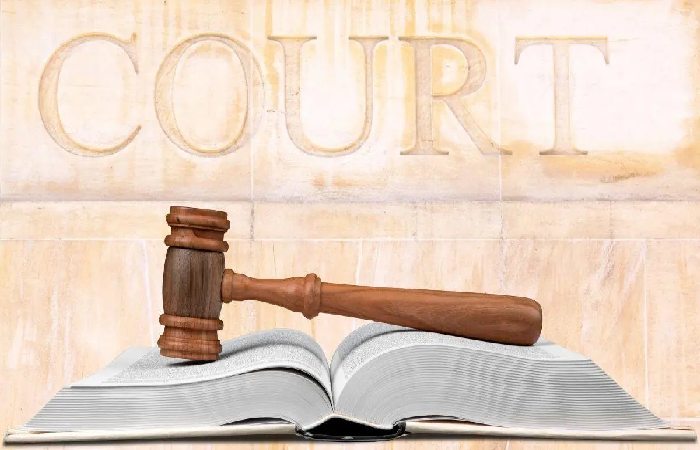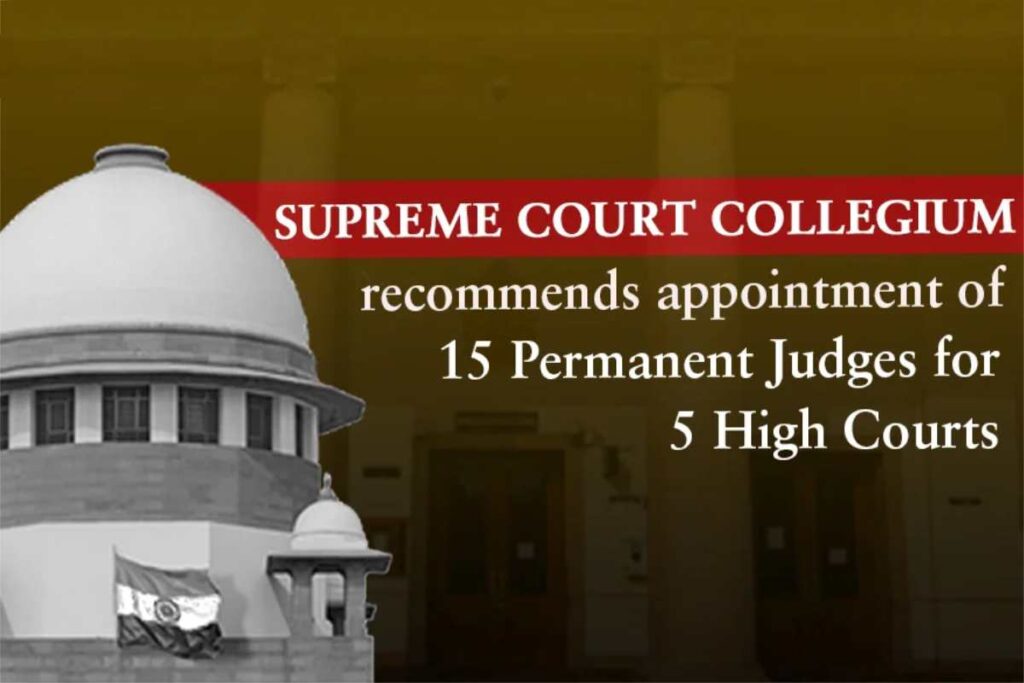The Supreme Court collegium is an arrangement that collectively makes decisions. Approves appointments of judges to the higher judiciary in India and the Supreme Court. The system was created by the statements of the Supreme Court in the 90’s. Therefore, this is always a part of controversies and discussions.
Composition and Evolution

The Chief Justice of India heads it only four judges of the Supreme Court as members of the Collegium. The first Collegium, consisting of three sitting judges apart from the chief justice, was formed in 1993 following the features of the established collegium system. However, this was extended to the present constitution through a decision in 1998.
Initially, up to the 1990s, the executive branch made appointments with the approval of the chief justice. This older system was deemed to disrupt the independence of the judiciary as the executive has control over the appointment of the judges. The collegium system was presumed to deal with this by putting appointment powers in the judiciary’s hands.
The Process the Supreme Court Collegium
It is started by the Chief Justice, who will seek the approval of the members of the Collegium in the nomination of those to be promoted to judgeship. The processes are elaborate regarding the proposed names, a method of assembling input from other judges within the High Courts. Accordingly, nominees are selected and forwarded to the Government based on merit, seniority, and number of representatives from different quarters.
The Government can send back the recommendation to the Collegium with the request for reconsideration. Still, if the Collegium repeats the same name. It is the final decision of the Collegium and obligatory for the Government. Some of the criticisms that have been made regarding this fact that it puts the judiciary in a powerful position over the executive in terms of appointments.
Criticisms and Controversies
- Opacity and Lack of Accountability: Most of the activities of the Collegium are not transparent. As the meetings are closed. There is no information on how the candidates are assessed or proposed. That is also true where there is no responsibility concerning the decision.
- Homogeneity in Appointments: Some criticisms of the system include the fact that it perpetuates a closed shop in the Higher Judiciary. Since the same few collegiums make the appointments. There has been some worry about absolute levels of diversity and representation, too.
- Executive Interference: In the collegium system formed to reduce the executive’s influence in appointing judges, many people think the scope is still vast. Subsequent governments have devised other strategies. Such as reverting recommendations or just merely awash on proposals to flex the judiciary.
- Nepotism and Favoritism: Several cases of alleged favoritism and nepotism in appointments have eroded peoples’ confidence. The process remains somewhat subjective and can be influenced by the researcher’s biases and predispositions.
Attempts for Reform Supreme Court Collegium
Efforts have been made in the past by the judiciary and the different ruling political parties to reform and enhance the selection system of judges in the higher courts.
However, the Supreme Court has come up with some measures that have some level of transparency and try to set up criteria for appointing members. The last attempt at improving the situation was made in 2015. When the Memorandum of Procedures for Appointments attempted to introduce some changes.
However, successive Central Governments have also attempted to effect the same through legislation to bring about a more profound change in the system. The NJAC Act passed in 2014, was meant to establish a fresh tribunal that is to be led by the Chief Justice. Would also consist of members from the executive branch and the civil society. However, this attempt at reform was declared unconstitutional by the Supreme Court only after one year. Many saw it as an attempt by the judiciary to hold on to the appointment power.
Conclusion
The Supreme Court collegium Appointments and judicial changes in India have constituted a continued struggle for dominance between the judiciary and the executive. Despite the imperfection of the present system of handling opaque and complex cases. The independence of the judiciary is the cornerstone and should not be compromised. Sustaining an optimal level of accountability combined with a reasonable degree of autonomy is the major challenge. The essence of the restructured appointment process in the case of the higher judiciary.

